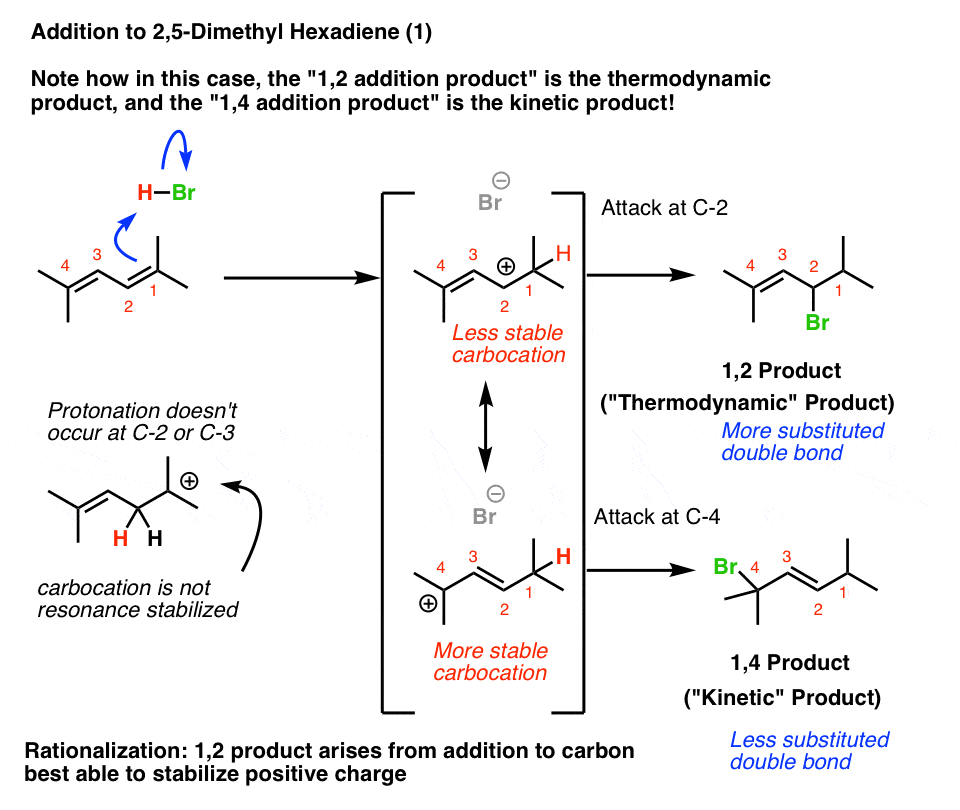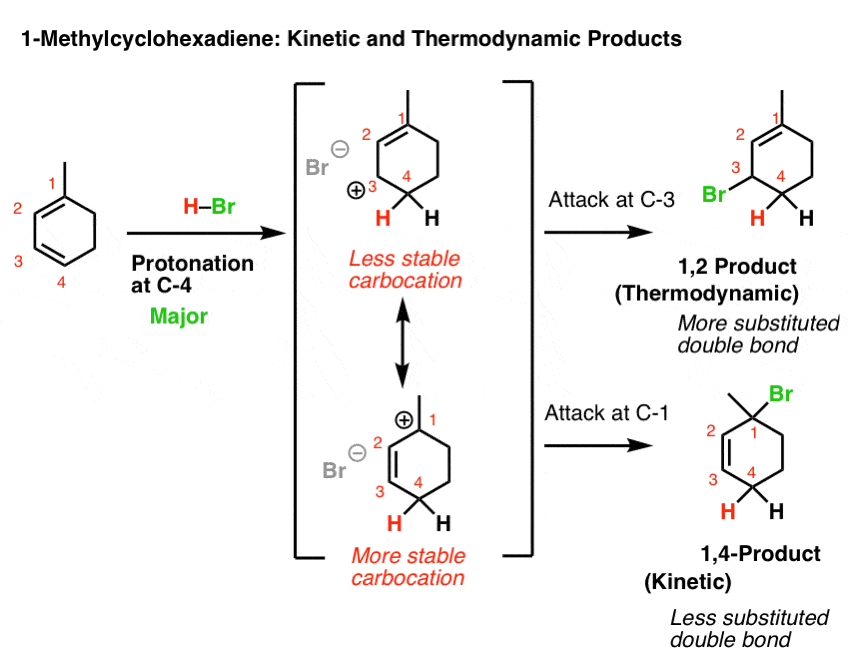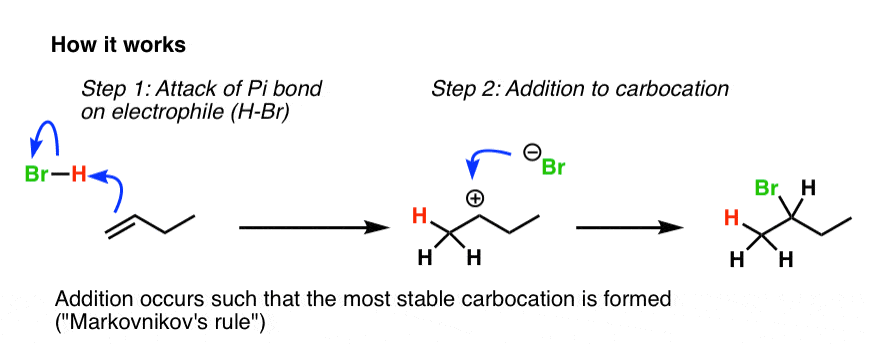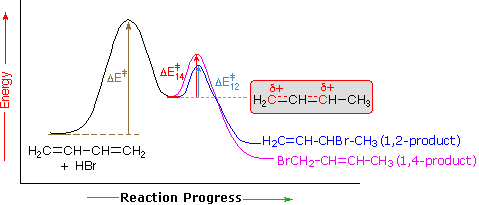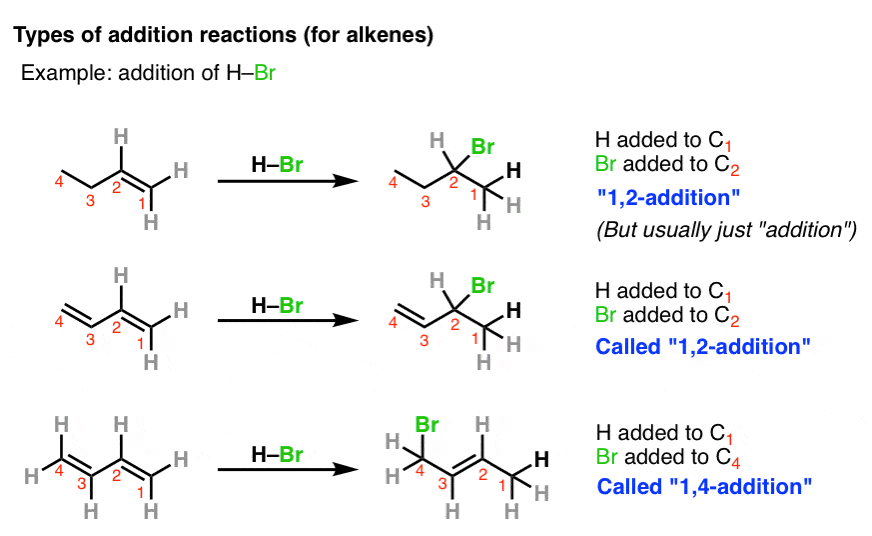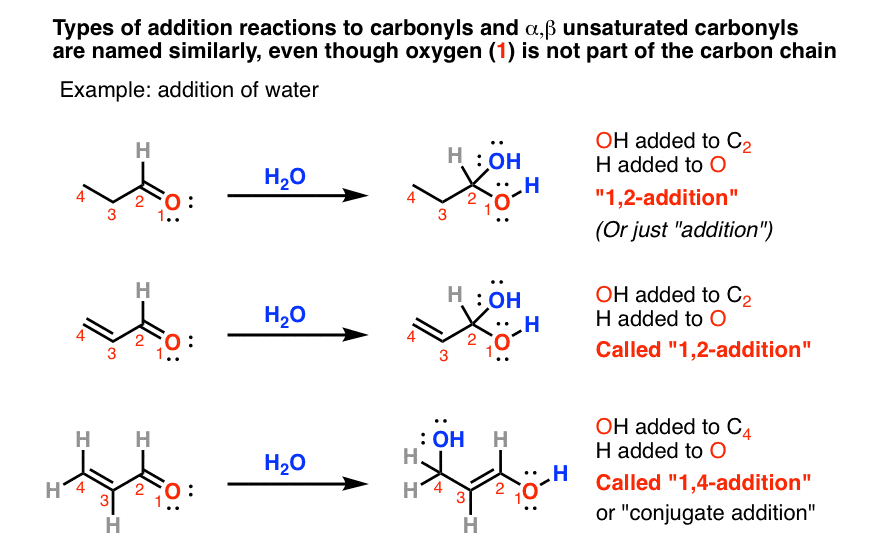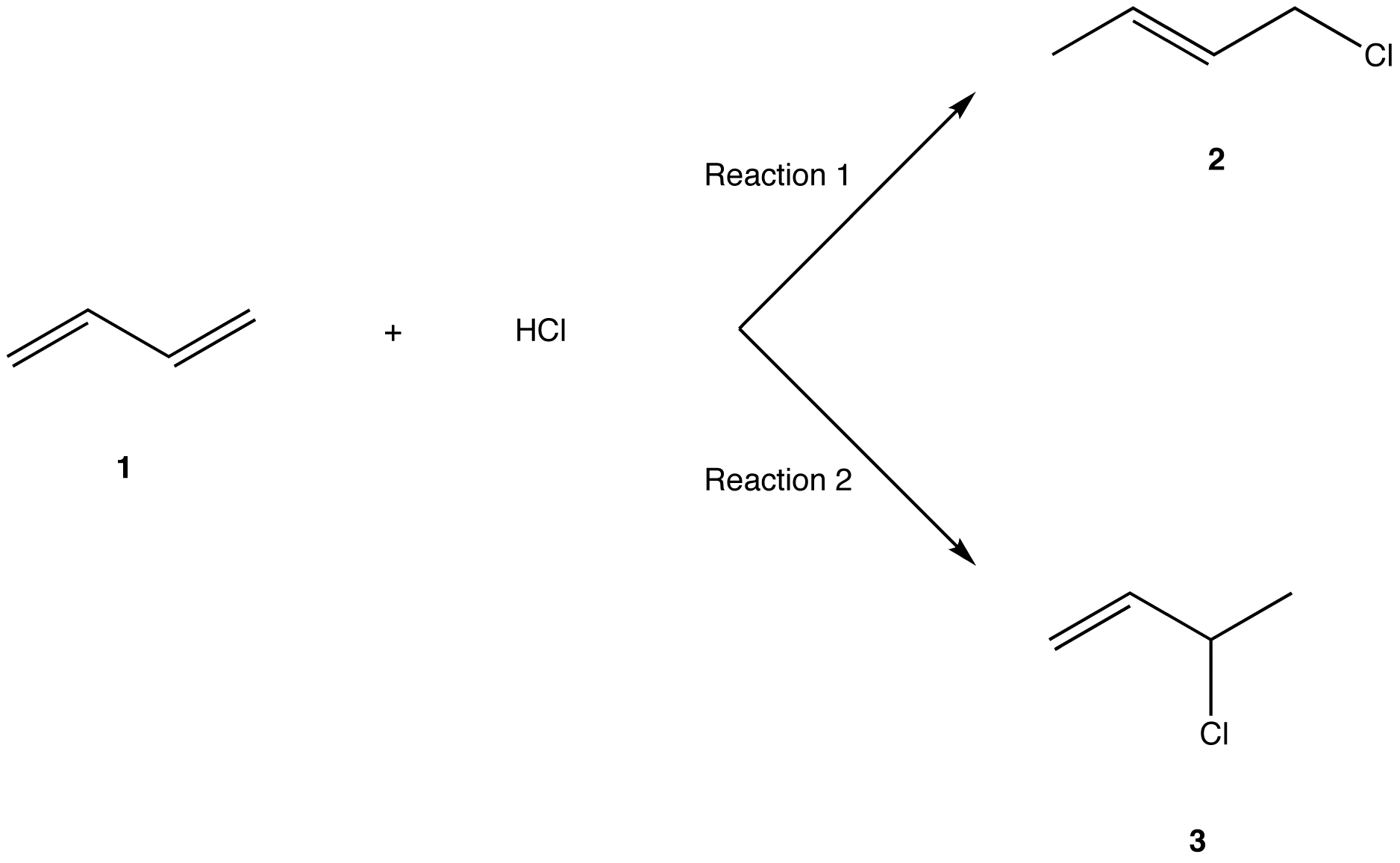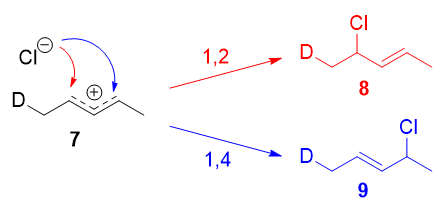1 2 And 1 4 Addition Examples
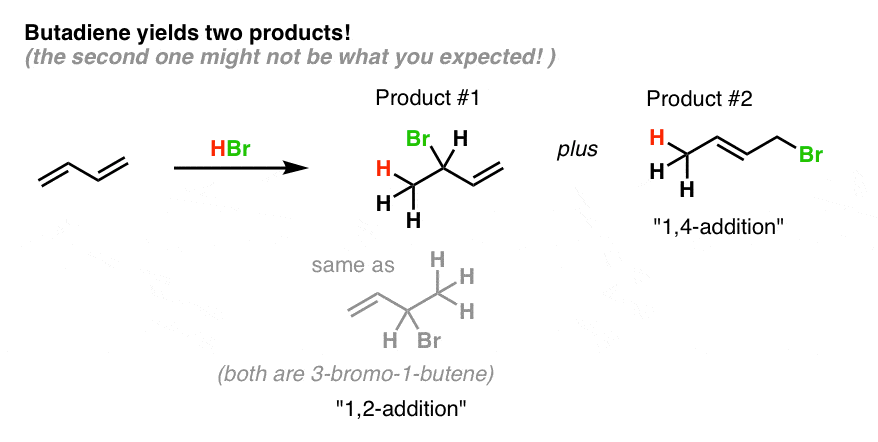
The addition is taking two or more numbers and adding them together that is it is the total sum of 2 or more numbers.
1 2 and 1 4 addition examples. Adding by 1 2 3 4 horizontal questions full page this basic addition worksheet is designed to help kids practice adding by 1 2 3 or 4 with addition questions that change each time you visit. In reaction 1 the net reaction is addition of a hydrogen atom to c 1 and a chlorine atom to c 4 in 1. Remember an allylic carbocation is when a carbocation forms one bond away from a double bond. In the previous example how did we know to cut them into 1 15 ths to make the denominators the same.
But when both x and y are equal to 1 then their addition equals to 0 but the carryover number will equal to 1 which means basically 1 1 10 in binary addition where 1 is carry forwarded to the next digit. A few examples of binary additions are as follows. There are 7 apples in one basket and 4 apples in the other. Whether more 1 2 addition or 1 4 addition product is created depends largely on the temperature at which the reaction is run.
1 4 addition is an electrophilic addition reaction of conjugate dienes. 1 4 1 4 2 4 1 2. In picture form it looks like this. Two electrophilic addition reactions could occur between 1 3 butadiene 1 and hydrogen chloride.
Examples of binary addition. 2 4 1 2. For example the addition of hydrogen bromide to 1 3 butadiene at temperatures below zero leads mainly to the 1 2 addition product while addition reactions run at temperatures above 50 c with these chemicals produces mainly the 1 4 addition product. To add 7 and 4 we can count forward 4 steps from 7.
And do you see how 2 4 is simpler as 1 2. The reason for observing two products is due to the stability of the allylic carbocation intermediate. How many apples are there in all. This math worksheet is printable and displays a full page math sheet with horizontal addition questions.
The two observed products consist of a 1 2 addition of hbr and a 1 4 addition of hbr to the diene. See equivalent fractions.


